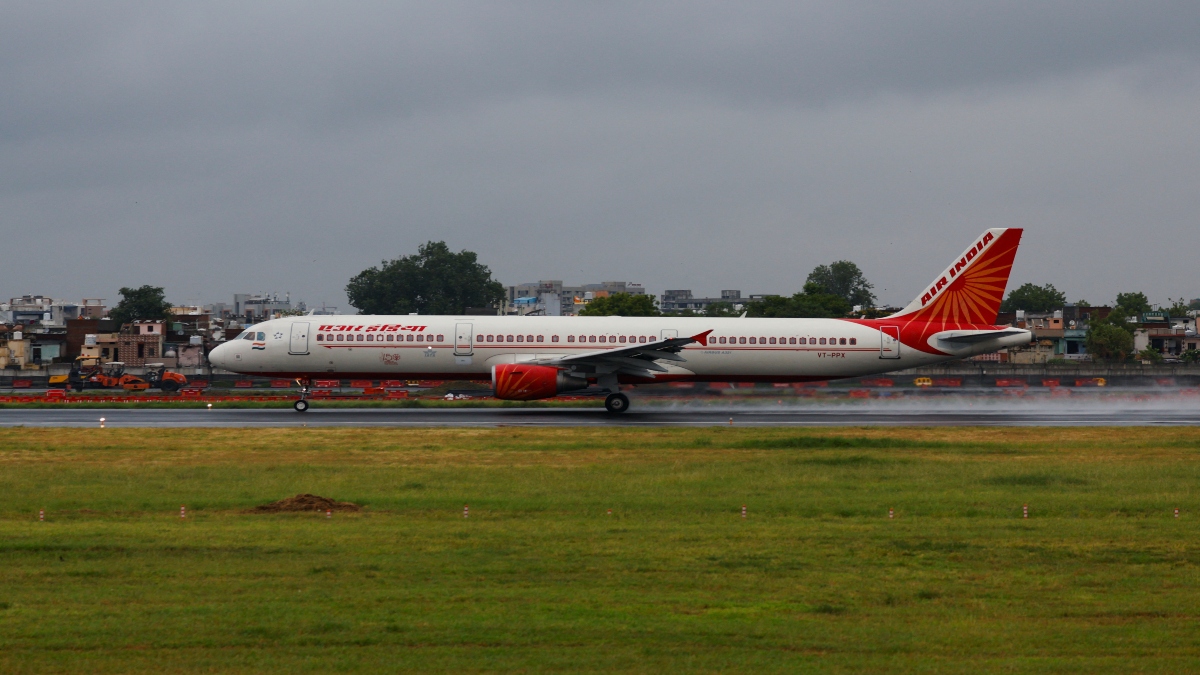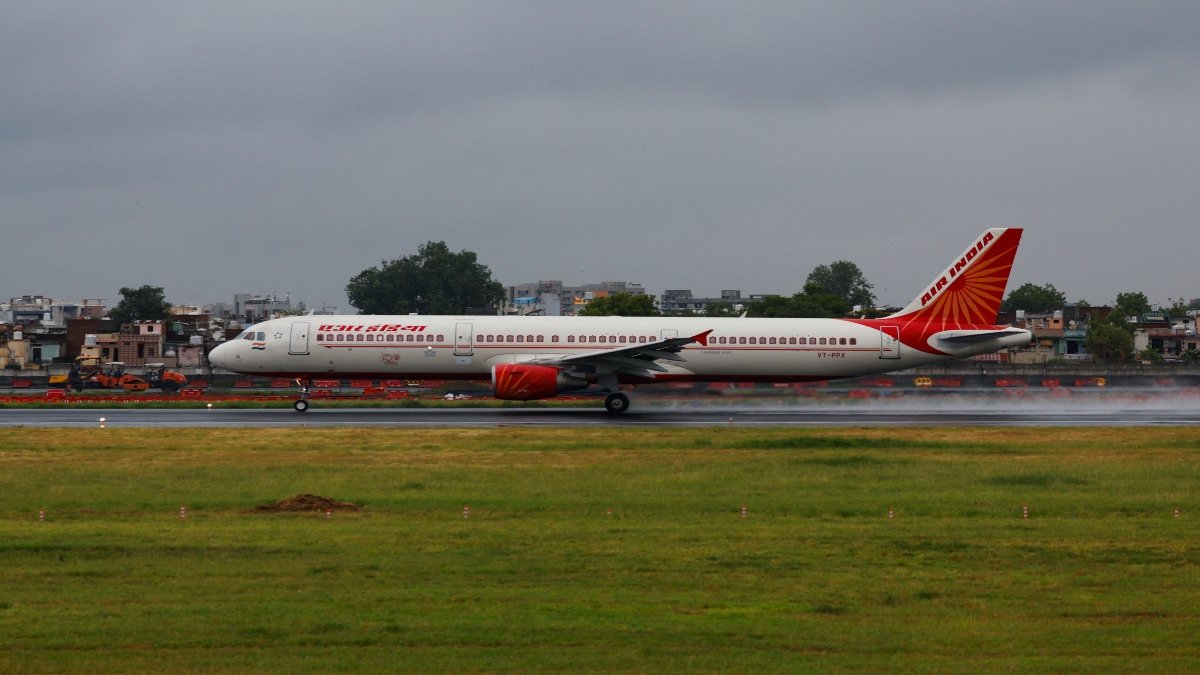It was June 6, 1944, when the Allied Forces launched mission D-Day, the largest amphibious invasion in military history, storming the beaches of Normandy, France. This monumental operation marked the beginning of the end for Nazi Germany in World War II.
If you are a history geek who loves to learn about important events from the past, Firstpost Explainers’ ongoing series, History Today will be your one-stop destination to explore key events.
On this day in 1930, frozen food hit retail shelves for the first time changing the ways foods were consumed and sold.
Here is all that happened on this day.
Allied Forces stormed Normandy
More than 1,56,000 troops from the United States, Canada, the United Kingdom and other countries stormed the beaches of Normandy in northern France on June 6, 1944, during World War II to launch one of the largest amphibious invasions in military history. This invasion, named D-Day, marked the beginning of the end for Nazi Germany in World War II. The troops crossed the English Channel, landing on five designated beaches namely Utah, Omaha, Gold, Juno and Sword.
On the morning of June 6, thousands of paratroopers and glider troops had already infiltrated enemy lines, securing crucial bridges and exit routes. While British and Canadian forces met lighter opposition on Gold, Juno and Sword beaches, Omaha Beach proved a brutal exception for US forces, resulting in over 2,000 American casualties due to heavy resistance. Meanwhile, Utah Beach proved to be easier to overcome for the American troops. According to some estimates, the D-Day invasion claimed over 4,000 Allied lives, with thousands more wounded or unaccounted for.
The planning and execution of Operation Overlord were meticulous and complex. Under the supreme command of General Dwight D Eisenhower, the Allies conducted an extensive deception campaign to mislead the Germans about the actual landing site. Despite these efforts, the German forces had fortified the Atlantic Wall with bunkers, mines and machine gun nests.
Less than a week later, on June 11, the beaches were fully secured and over 326,000 troops, more than 50,000 vehicles and some 100,000 tons of equipment had landed at Normandy. D-Day was a pivotal moment in World War II. It opened a crucial Western front and allowed the Allies to begin their liberation of Nazi-occupied Europe. In the weeks that followed, thousands more troops and equipment poured into France, leading to the liberation of Paris by August 1944.
Frozen food sold in retail stores for the first time
It was on this day in 1930 when the way the world ate changed forever as frozen food was sold in retail stores for the very first time. This moment took place in Springfield, Massachusetts, where Clarence Birdseye, the innovator behind the freezing process, introduced his new line of frozen products under the brand name Birds Eye.
Birdseye’s flash-freezing method, characterised by the rapid freezing of foodstuffs at exceptionally low temperatures, offered significantly enhanced preservation of flavour, texture and nutritional value compared to preceding techniques.
His conceptualisation of this process originated during his residency in Labrador, Canada where he observed indigenous populations employing natural freezing practices to maintain the freshness of fish. Drawing inspiration from these observations, Birdseye innovated a commercial freezing technique capable of mass-scale application.
Early frozen products from the brand included spinach, peas, fruits and various fish fillets. These hit stores in specialised display cases, a logistical hurdle given that most retail establishments at the time lacked freezers. To overcome this, Birdseye collaborated with the Goldman Sachs Trading Corporation and the Postum Company, later General Foods, for crucial funding and distribution.
Consumer reception was initially cautious as some doubted the frozen food’s quality while others were drawn to its undeniable convenience and extended shelf life. Over the subsequent decades, continuous advancements in refrigeration, packaging and transportation propelled frozen foods from a niche offering to a ubiquitous staple in homes across the United States and eventually, worldwide.
This Day, That Year
On this day in 1982, Israel invaded Lebanon and subsequently defeated the Palestine Liberation Organization (PLO), the Syrian armed forces and assorted leftist Lebanese groups.
The Securities and Exchange Commission (SEC), a US regulatory agency, was established on this day in 1934.
In 1844, George Williams originated the Young Men’s Christian Association (YMCA) in London.
With inputs from agencies


)
)
)
)
)
)
)
)
)



